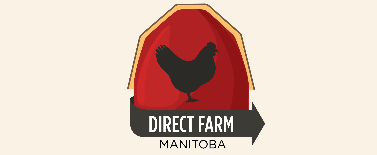Can we live without California?
 Tuesday, February 25, 2014 at 8:04PM
Tuesday, February 25, 2014 at 8:04PM By Selena Randall
Wherever you are in the world, complaining about the weather is a favourite topic.
Across the world in 2013, we had a lot to complain about – it was quite a year. Here in Manitoba, we had a long winter, although it was warmer than normal in northern Canada and Greenland. USA broke records for cold, and across Northern Europe a cold spell killed unprecedented numbers of people, spring was late, then a wet summer came early. Parts of USA broke more temperature records and experienced serious drought in the summer. Europe was battered by a series of massive storms, tidal surges, and strong winds and heavy rains that have continued into 2014. It was just as extreme in the southern hemisphere – remember what happened in the Philippines?
Our weather is driven by the circulatory patterns of the oceans, and a small shift in these can result in catastrophic conditions, as we have seen. Factors such as melting sea ice, and warming land masses are significant contributors to these changes, and FINALLY people other than scientists and environmentalists are talking about climate change and the need to ‘do something’.
Here in Manitoba it’s hard to get concerned about a few degrees rise in temperature in the winter, rather we’d welcome it. But if you take a look at your groceries you will see that if there are bigger impacts elsewhere in the world, it could get serious.
For example – California has a serious lack of water in recent years. After years of dry summers and lack of winter rains towns are rationing water. Grain crops are threatened and speciality crops are likely to be ruined. California produces a sizable majority of many American fruits, vegetables, and nuts: 99 percent of artichokes, 99 percent of walnuts, 85 percent of the world’s almonds, 97 percent of kiwis, 97 percent of plums, 95 percent of celery, 95 percent of garlic, 89 percent of cauliflower, 71 percent of spinach, and 69 percent of carrots…and the list goes on. Many of these crops can be grown elsewhere, but it would take a while for producers to shift their production to fill a gap if California couldn’t produce enough, if they have the right weather conditions themselves. In the meantime we could expect shortages of these crops and high prices.
And what about the California people? What happens if this is the ‘new normal’? How will they live? Will towns have to move for lack of water?
My point is – we need to look outside our own community to see what is really going on in the world, and recognize that we are an interconnected world. But we also have to do our bit for our neighbours and those who keep us fed, clothed and in electronic toys.
Individuals in Canada have one of the highest carbon footprints in the world. The energy we use to remove natural resources and transport them, to produce products and ship them, to bring in products from elsewhere, to heat and cool our homes, and to treat our waste is higher than elsewhere in the world. Emissions from our energy use are melting the arctic ice that is warming the north, sending the cold air south, and affecting the Gulf stream that warms Europe.
The climate and weather in some parts of the world have already changed forever, but it’s not too late for you to make some changes to the way you live.



Reader Comments